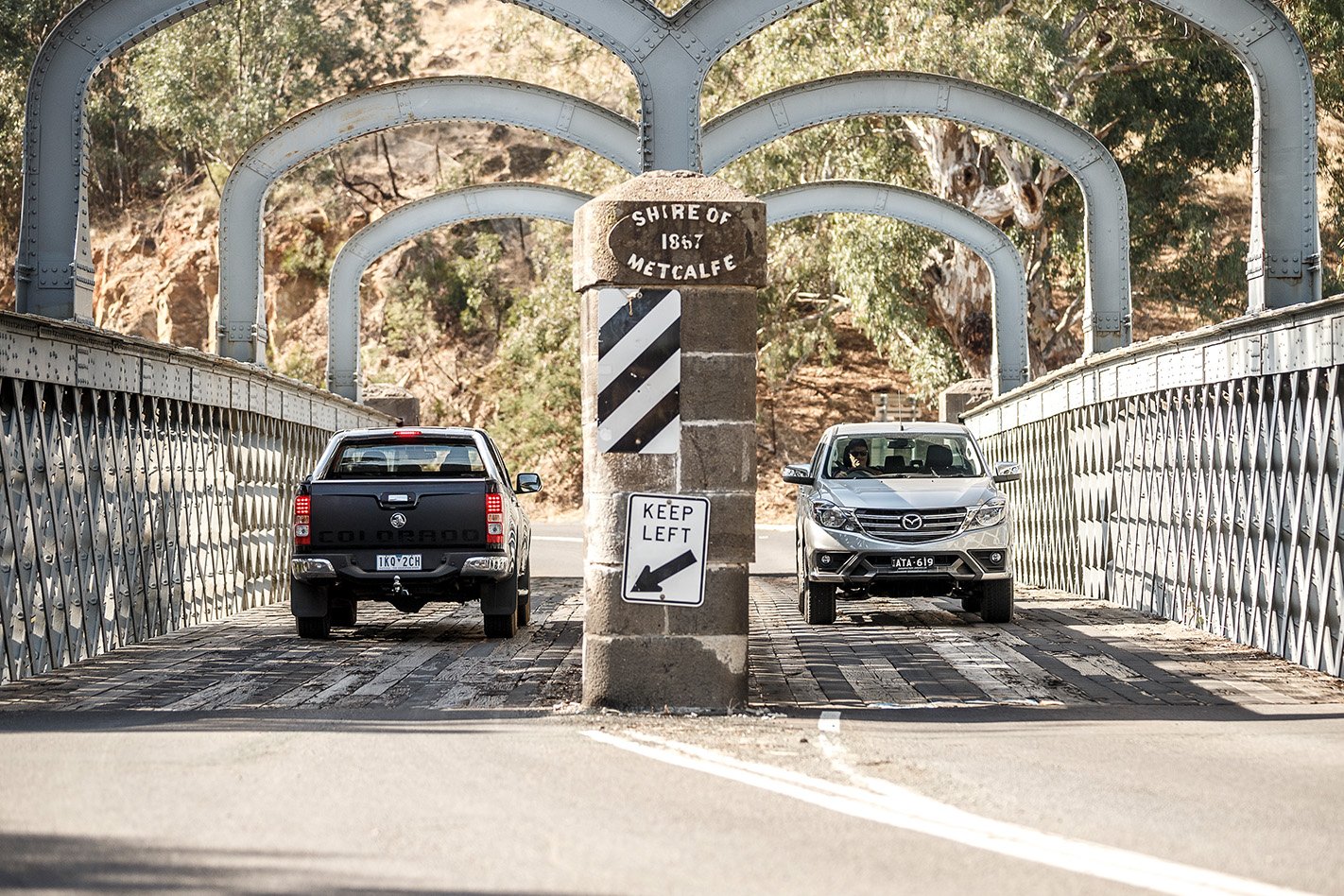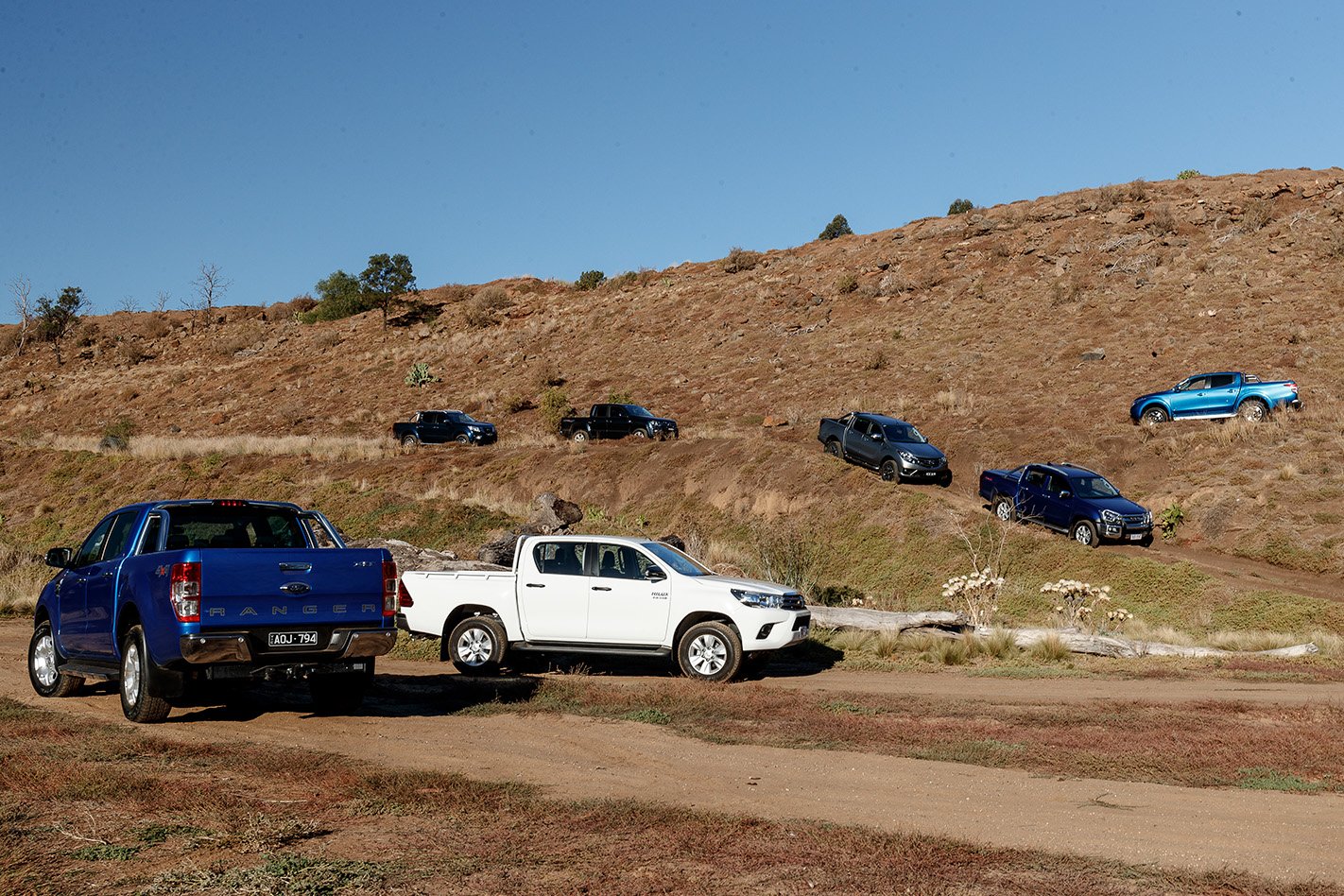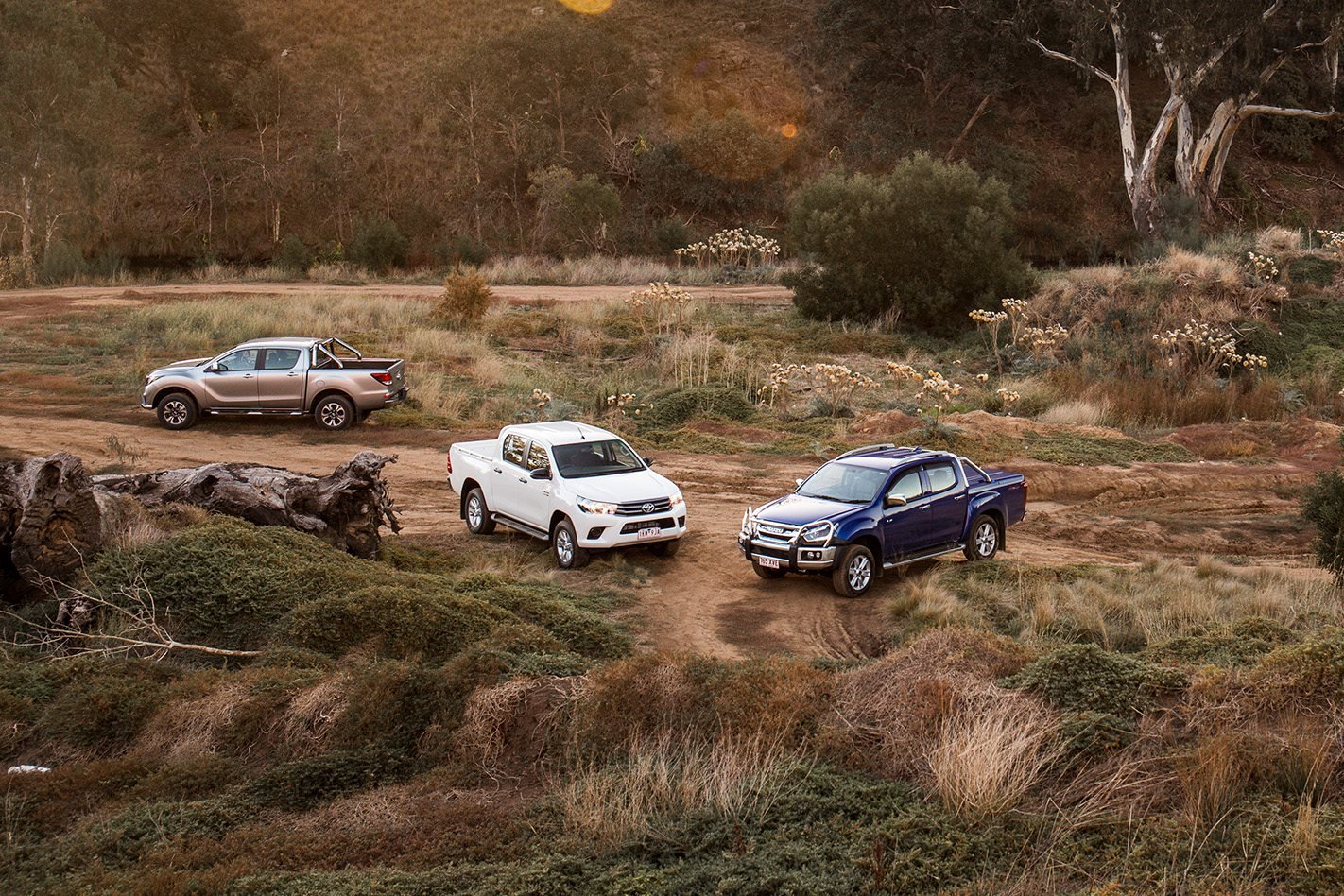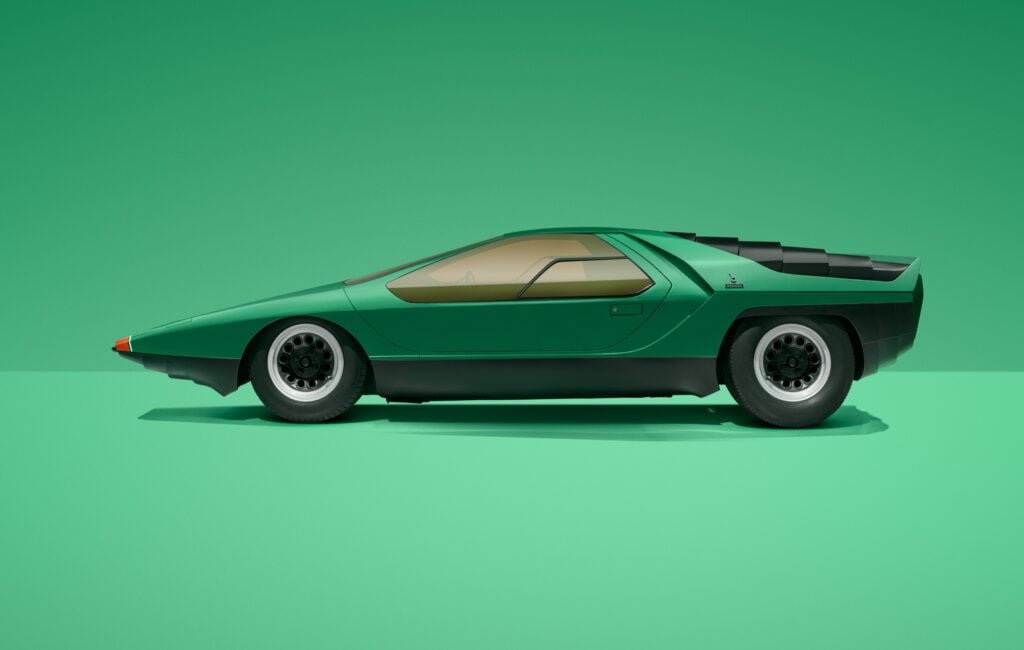It’s not so much an elephant in the room as dinosaurs in the driveway.
Anywhere you look, our roads are choking with dual-cab utes. Always popular, they now dominate, to the point where the best- and second-best sellers wear Toyota Hilux and Ford Ranger badges.
Celebrated and lately even feted, they’ve become ingrained in our national psyche, in much the same way Holden and Ford utes (and for a brief period during the 1970s, panel vans) once were.

Transcending workhorse origins, the once-humble ute is now everything from a $100K status symbol to a rite of passage for P-platers seeking to break away.
Plus, car companies love them, too. More than one insider has revealed that they can be a licence to print money.
So, here’s my beef. The dual-cab ute’s newfound status reflects Australia’s slide from progressive to prehistoric.
So far this year, Hilux, Ranger and Mitsubishi’s Triton make up three of the top 10 chart busters. All are comparatively big, heavy, thirsty and dirty, with a high centre of gravity, ladder-frame chassis, diesel engines and – in most cases – cart-spring rear ends. We’re talking pre-WWII tech.
Unsurprisingly, compared to any contemporary car, they’re ponderous dynamically, slow to stop in a hurry, and difficult to control in an emergency. Wheels’ exhaustive 2018 dual-cab ute megatest exposed this.
It bothers me that the winning VW Amarok was already eight years old. Had there been no advancement in that time?

What’s worse, there’s a toxic power-pissing contest going on within the segment, which only exacerbates the dual-cab ute’s comparative lack of safety and control. And don’t forget, folks, we’re taking about brand-spanking models with fresh tyres and new brakes.
After a hard life as tools of trades, used examples will be bought by kids with little driving experience. The laws of physics don’t exclude jacked-up Hiluxes on massive balloon rubber being hooned through narrow streets by dickheads feeling invincible. The potential for carnage when they’re careering out of control is sobering.
In contrast, in 2011, with our first female PM in the Lodge, and a climate-change agenda, our bestselling car had a lightweight monocoque body, efficient and economical powertrain choices, a multi-link rear, deft handling and five-star safety.
The correlation between today’s prime sellers and prime minster cannot be a coincidence, surely?
But nowadays, nobody lusts after a hatchback in the way thousands seem to over the prospect of a V8-powered Raptor. Even (comparatively) urbane editor Inwood understands the people-pulling power of the pick-up: they sell magazines nowadays, when small cars, frankly, don’t.
My fear is that the dual-cab ute will turn Australia into a redneck wonderland, where engineering and sophistication take a back seat to size – be it of the donk up front or the junk in the trunk (er, tray) – while our country burns, chokes and/or drowns. Bottom line, our national car park is devolving.
Where does it leave us car lovers? Stuck behind meandering early-20th century tech in traffic, that’s where. We ought to be revolting.
If you, like me, were raised on a diet of Radial Tuned Suspension-equipped Holdens, that dinosaur analogy feels all too real.





